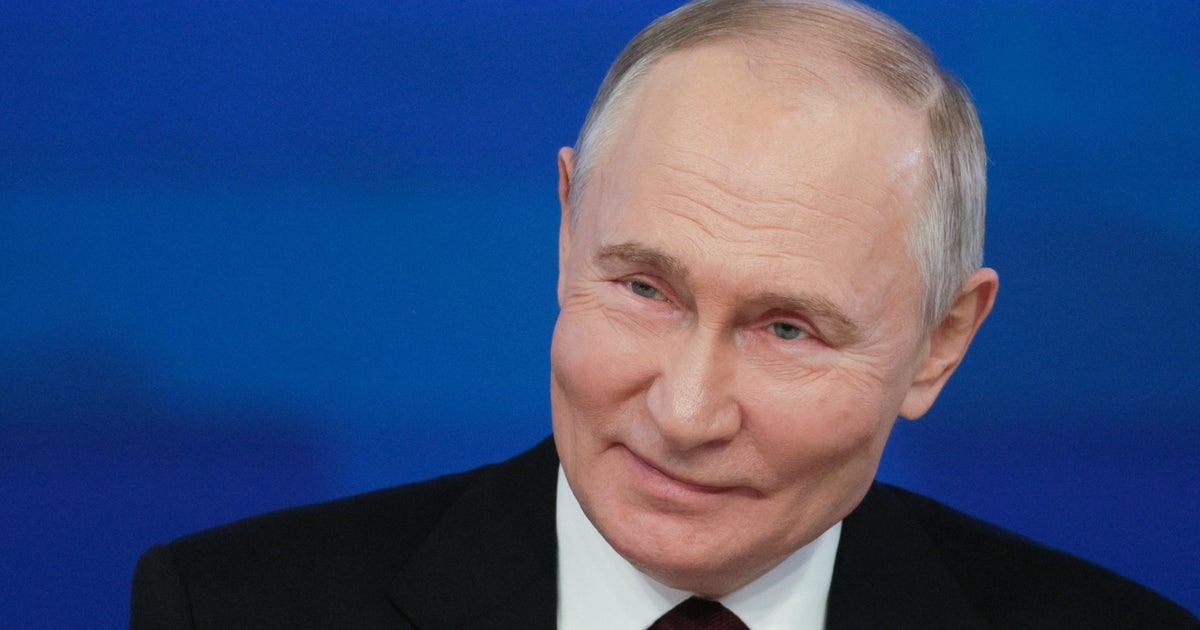Global gender gap grows for first time in 11 years
For the first time in over a decade, the progress toward women's equality worldwide has slipped.
Since 2006, the World Economic Forum has been tracking the global gender gap, as measured in the difference between men's and women's lifespans, access to education, economic participation and representation in government.
"Every year, all this time, there has been global progress. This is the first time that the world has fallen backwards," said Saadia Zahidi, head of education, gender and work at the WEF.
This year's Global Gender Gap Report found that the divide between men and women stood at 32 percent, up from 31.7 percent last year.
The WEF calculates the gap by compiling statistics on women's representation in a number of areas and scoring them from 0 to 1, where 1 represents total parity. The decimal is usually turned into a percentage for discussion.
The formula calculates female parity and female representation the same, so that educational systems that enroll more girls than boys would score 1 on the metric, the same as systems that enroll equal amounts of each. The WEF says this calculation neither rewards nor penalizes "female empowerment."
Three Scandinavian countries topped the list, with Iceland being the closest to parity. The gender gap there was only 22 percent.
In the political and economic arenas, progress has been especially fraught. Only 58 percent of the economic participation gap has closed -- marking the second consecutive year it has widened, and the lowest value it has been since 2008. The political gap stands at the same value as last year, at only about 23 percent closed.
While the US has improved its absolute gender gap since the report was first created, it has slipped in the rankings. Among the 144 countries the WEF scored, the US ranked 49th overall, with a score of 0.72, or a gender gap of 28 percent. It was ranked first in terms of women's educational attainment, however -- which makes the deficiencies in economic and political gains particularly striking.
"In the case of the United States, the education gap was actually closed quite a while ago. In universities, there are more women than men that are graduating. School performance is very strong," Zahidi said. That means the lower rates at which women work, and the lower wages they earn, aren't the result of what's often called a "pipeline problem."
"The base of talent is ... already equally male and female, and yet when we come to the participation, there is still this gender gap," she said.
The case for gender parity is a clear moral issue, but as the report points out, "gender parity is also fundamental to whether and how economies and societies thrive. Ensuring the healthy development and appropriate use of half of the world's total talent pool has a vast bearing on the growth, competitiveness and future readiness of economies and businesses worldwide."
If the US reached full gender parity, that could add $1.7 trillion to the country's GDP, the WEF estimated.




